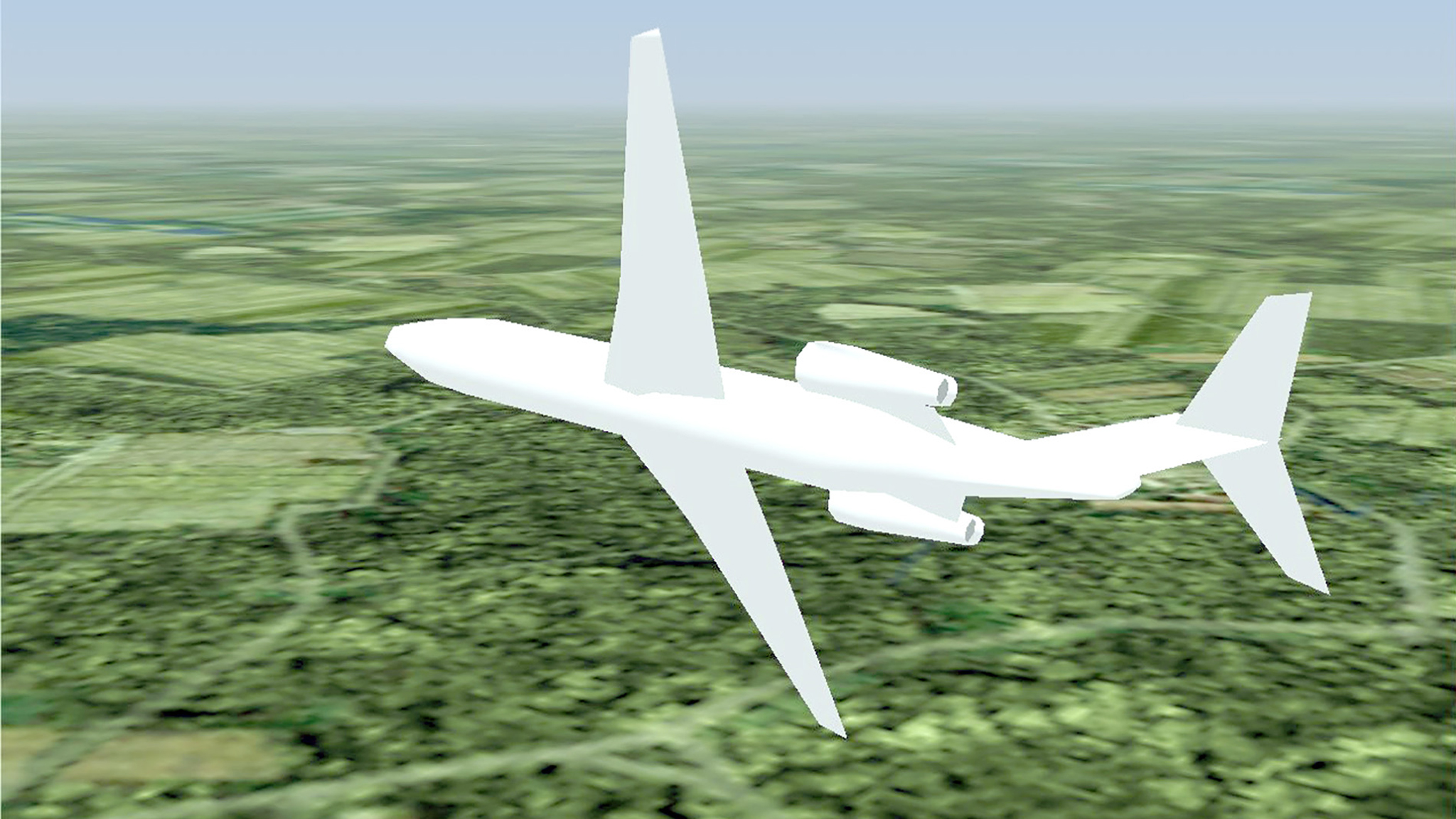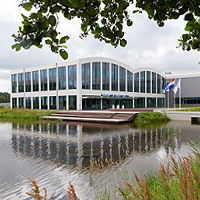NLR can help you evaluate and validate your aircraft simulation using wind tunnel data, covering the entire flight envelope, including the stall region. We also offer a cost-effective solution to extend your simulation for upset recovery training, and provide support in defining and meeting certification requirements for implementing upset recovery and loss-of-control simulation in your flight curriculum.
NLR can support you with:
- The capabilities to develop, tune and validate simulation models for the stall region to support your in-house simulation programmes or aircraft developments.
- A high fidelity full flight simulator to test and evaluate upset recovery and recovery procedures, including approach to stall, buffet, stall entry dynamics and high tail deep stall characteristics.
- A simulator cockpit layout that can be configured to represent different types of aircraft with for instance side stick, centre stick or control column and wheel flight controls.
- An aircraft simulation infrastructure that can be customised for a wide range of existing and prototype aircraft models based on wind tunnel or computational fluid dynamics data (CFD).
- A flexible software environment which enables efficient integration of avionics software, cockpit displays and hardware-in-the-loop. Software languages include Matlab Simulink, C, C++, Fortran or any customer specific language.
- Knowledge and experience to design and conduct experiments.
- Tools for monitoring, recording and visualisation of any variables of interest in the simulation.
- Video registration of cockpit overview, the individual pilots, cockpit displays, upset recovery manoeuvres and pilot control actions.
- Tools to measure human factors which produce data on the workload of the pilots.
- A dedicated staff of research engineers and flight simulation specialists to support your human-in-the-loop experiments.
- A choice of a wide range of interconnected ground-based experiment facilities including desktop flight simulators, mock-up flight simulator, high fidelity moving base flight simulator or choose your own application using our modelling and simulation tools.

